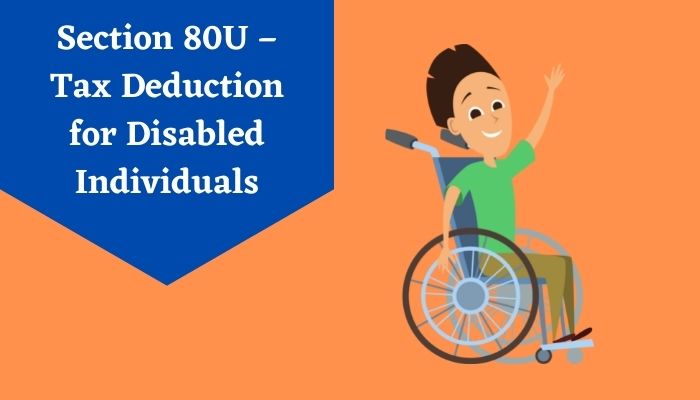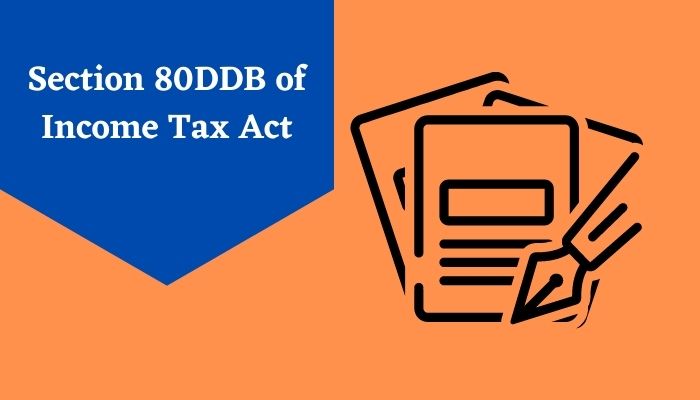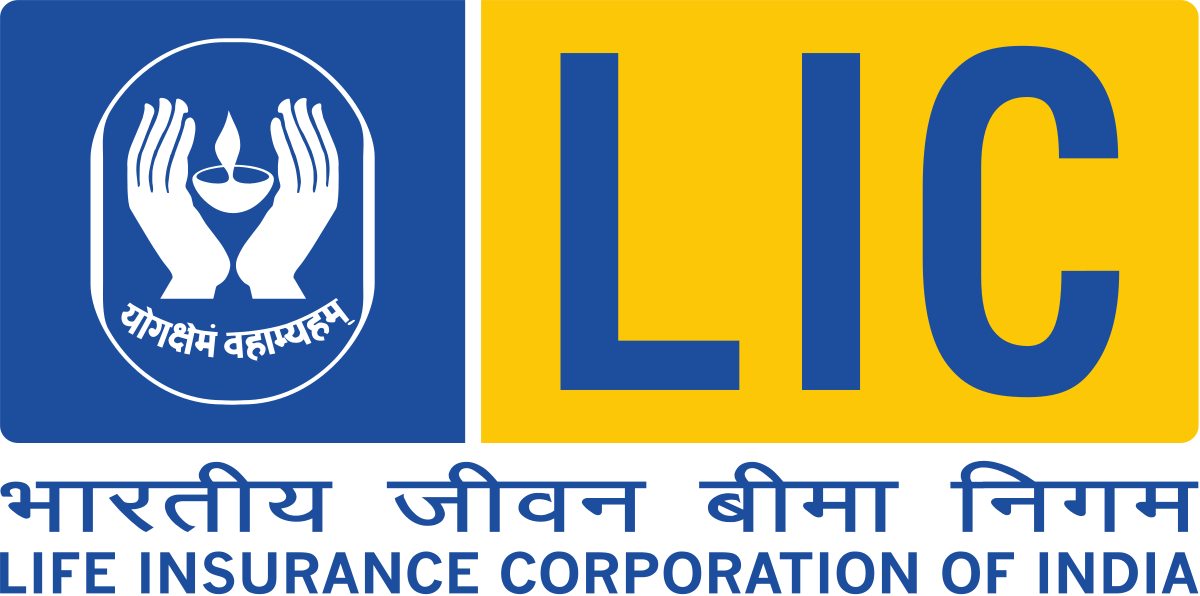Income Tax Return
Introduction
Dinesh is a well-settled businessman. He earns quite well from his business. He is very successful and rich. As a result, he has to pay income tax. As a diligent citizen of the country, Dinesh makes sure that he pays his income tax truthfully and on time. One day his son asked him how one knows how much tax to pay to which his father replied that to know that one has to file an income tax return.
If you want to know more about income tax return and itr filing, keep reading this blog post.
What are Income Tax Returns?
Income tax return or ITR is a kind of form which an earning person needs to submit to the Income Tax Department of India. This ITR filing is used to declare the tax needed to be paid by the person after checking their income.
Any citizen aged below 60 years is accountable to file their income tax return if their income exceeds the threshold of Rs. 2.5 lakhs. Those who are above 60 years of age and earn more than Rs. Three lakhs are also liable to pay ITR to the government of India. Apart from the country’s citizens, entities like Hindu Undivided Family, a body of individuals, an association of persons, local authorities, Corporate firms, companies, and all artificial juridical persons if generating the threshold mentioned above of income, they too are liable to pay income tax returns.
What is ITR filing?
A taxpayer must file a report of his total income earned in a financial year. This process of submitting the report is called itr filing. The Income Tax Department of India made this process a lot easier after making it online. Taxpayers can file their income tax returns by sitting comfortably in their homes. The taxpayers can do so by using the official portal of the Income Tax Department of India. There are 7 different forms through which it can be done. You can also check your ITR status on this official portal.
Which Income Tax Returns Form to Use?
As mentioned above, 7 ITR forms can be used to file an income tax return. Following are the 7 forms and their applicability-
- ITR- 1 or Sahaj- individuals who make less than Rs. Fifty lakhs annually as income via pension or salary and from only one house property, then those individuals must fill form ITR- 1 for itr filing.
- ITR- 2- this form is used by shareholders of private companies, directors of companies, non-resident Indians (NRIs), or individuals who earn income via capital gains from two or more house properties or foreign sources like direct investments. However, Rs. 50 lakh or above should be the annual income of the individual.
- ITR- 3- professionals or individuals who run proprietorship in India need to fill ITR-3 to file their itr.
- ITR- 4 or Sugam- beneficiaries of the presumptive taxation scheme must use this form for ITR filing. To join this scheme, one must earn less than Rs. 50 lakh and less than Rs. 2 crores from professional and business income, respectively.
- ITR- 5- entities like associations, the body of individuals, limited liability partnerships or LLPs, and other partnership firms need to use this form to report their income and tax consumption to the Income Tax Department of India.
- ITR- 6- Registered companies of India must use this form to process their ITR filing.
- ITR- 7- Entities that claim exemption from the income tax like universities, colleges, scientific research institutes, political parties, religious or charitable trusts, etc., use this form for ITR.
How to file Income Tax Returns Online
Step 1– Open the income tax department websites, and on the home page, click on the menu bar, then click on the ‘forms/downloads’ option.
Step 2– navigate to the ‘income tax returns’ menu; you’ll be redirected to a page where you’ll find all the forms. Click on the ‘pdf’ option next to the form you need to download.
Step 3– using the prescribed provisions by Income Tax rules, find out your income tax liability.
Step 4– get a summary of your TDS payments for the different quarters of the assessed year after referring to form 26AS.
Step 5– now open the official e-filing portal from the homepage. If you are a first-timer, register yourself by clicking on ‘register.’ If you are already registered, click on the ‘login’ button.
Step 6– Click on the ‘file income tax return’ option. Choose the category you fall under, like an individual, firm, Hindu undivided family, etc.
Step 7– choose the ITR form that applies to you.
Step 8– enter the details of your bank account. If you have already done this, you will have to pre-validate the details.
Step 9– You will be redirected to a new web portal where all your filled information will be there; check all the details, and make any changes if needed. After this, if you are sure that all the provided information is correct, confirm and validate it.
Step 10– once the process is complete, verify the returns and send a hard copy to the Income Tax Department. You can also check your ITR status on this website.
Conclusion
Be a responsible citizen of the country and file your income tax returns on time and truthfully. Now it is extremely easy to file income tax returns from the comfort of your home by using the official online portal of the Income Tax Department. You can also check ITR status on this official portal.
FAQs:
What documents are needed to file income tax online?
A pan card, Form 26AS, form 16A, 16B, 16C, salary pay slips, bank statements, interest certificates, TDS certificate, proof of tax savings are the required documents when filing income tax online.
Is there any penalty for late filing of income tax?
In case of late filing of income tax returns after the due date has passed, taxpayers need to pay huge penalties. Penalties between Rs. 1000 to Rs.10,000 can be levied on the taxpayer if income tax is not filed within the due date. Other than penalties, inconveniences and consequences needs to be faced by the taxpayer.





























